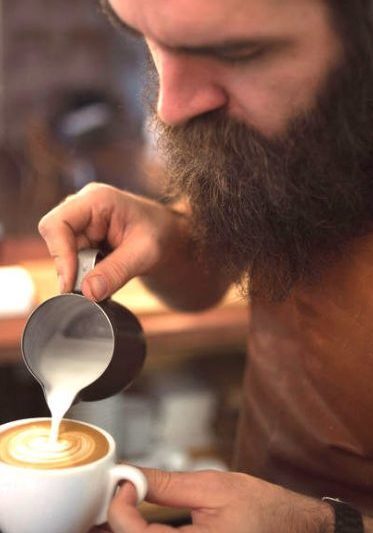Most business leaders garner consumer insights by talking to and formally surveying their customers.
Less frequently, leaders will seek to understand customers by watching their behavior throughout their journey. As someone who has helped brands with all types of customer listening and observation, I can speak to the value of taking time to “shadow” those you serve.
Customer shadowing is like being in the audience during a live play. The stage is the customer’s environment, and you’re there to watch and grasp the intricacies of their experience.
To level set, here’s a quick overview of customer shadowing:
The Art and Science of Customer Shadowing
- What it is: Customer shadowing is a naturalistic observation method where business leaders (often guided by a third-party subject matter expert) watch customers interact with a company’s products or services in real-time. By supplementing customers’ self-reports (solicited in surveys) with actual behavioral observation, leaders can identify pain points, preferences, and areas of opportunity.
- Why do it: When you understand the nuances of your customers’ journeys or consumption patterns, you’re better positioned to create solutions tailored to their demonstrated needs, not just self-reported ones.
- Where it’s used: While business-to-business (B2B) sectors often leverage this technique, it’s equally relevant in business-to-consumer (B2C) situations. For example, my team has shadowed independent insurance agents as they sold policies and serviced claims offered by one of our clients. Similarly, in a B2C setting, my team has shadowed customers purchasing Pandora Jewelry.
A Guide to Effective Customer Shadowing:
Here are a few things to consider when it comes to effectively shadowing customers:
- Permission: Customer observation typically takes two forms -naturalistic/unobtrusive or “shop-a-longs.” Naturalistic observations are done without consumers’ consent and reduce the “reactivity of measurement” – a phenomenon where behavior changes due to people knowing they are being observed. By contrast, customers know they are being shadowed during “shop-a-longs” and often provide “stream of consciousness” narratives about what they think, feel, and do throughout their shopping journey.
- Observation: Monitor the processes connected to the problem or area you aim to enhance for your customer. For example, if you want to decrease customer effort, focus your observation on all elements of the customer experience that create friction.
- Probing Questions: If you are doing a “shop-a-long,” dive deep by asking the ‘why’ behind each significant action the customer takes. Understand the rationale behind choices and explore the emotions customers experience as they journey through their high-value moments with your brand.
- Documentation: Make detailed notes of your observations. This will serve as a crucial reference when you brainstorm solutions.
- Analysis & Implementation: Reflect on your findings and devise strategies that align with your customer’s needs, making their experience smoother and more efficient.
Customer Shadowing in Action: A Real-world Example
Imagine This Example: A software-as-a-service (SaaS) company has used the same billing method for a decade. They assume it’s efficient since no client has raised concerns. However, after shadowing a few clients, they discover their billing process is cumbersome. Even though the clients haven’t complained, the company can now refine its billing procedures and enhance client satisfaction.
Key Takeaways I’ve Learned from Shadowing Customers for Decades
- Stay Proactive, Not Reactive: Waiting for customer complaints is a reactive approach. Customer shadowing allows you to proactively spot and rectify issues before they become major pain points.
- Invest In Insights that Foster Client Relationships: When clients see you taking the initiative to understand their needs, it builds trust and strengthens the business relationship.
- Stay Ahead of the Competition: In today’s fast-paced business environment, the ability to anticipate and cater to evolving customer needs gives you a competitive edge.
- Focus on Retention: Instead of constantly chasing new customers, focus on retaining existing ones. Spend time observing those who already buy from you because the cost of those observations is far less than what it takes to acquire new customers.
In a world where customer preferences are evolving rapidly, customer shadowing allows businesses to stay one step ahead.
Shadowing isn’t about watching. It’s about genuinely understanding, innovating, and improving your customer experiences. For forward-thinking leaders, the question shouldn’t be whether to shadow customers but which customers to shadow next.
To learn more about how to gain insights from customer observations, please get in touch with me at josephmichelli.com/contact.

Joseph A. Michelli, Ph.D. is a professional speaker and chief experience officer at The Michelli Experience. A New York Times #1 bestselling author, Dr. Michelli and his team consult with some of the world’s best customer experience companies.
Follow on Twitter: @josephmichelli



